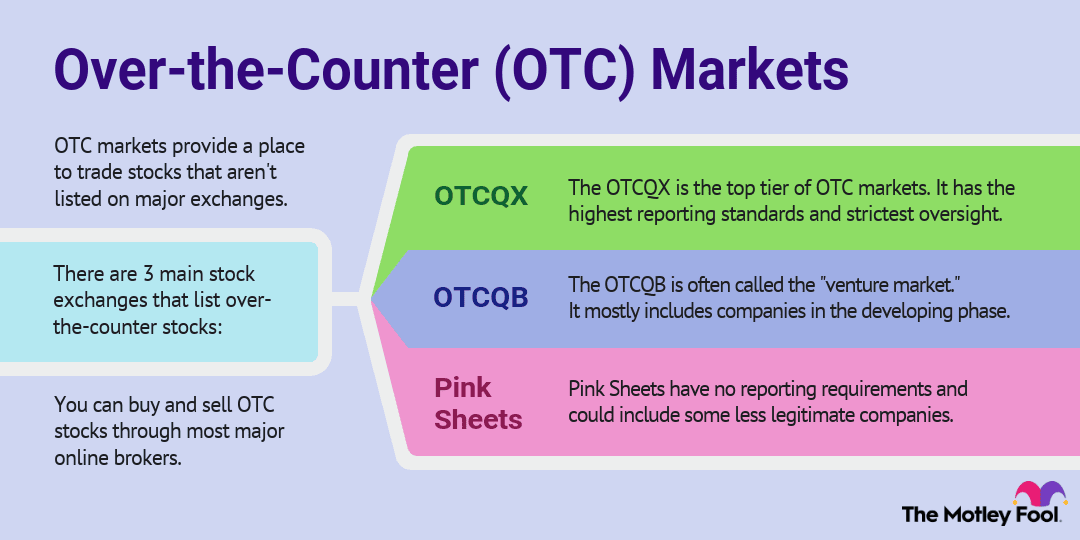It’s an incredibly rare company that can do everything in-house. Enter outsourcing – hiring other people or another company to do specific work. We’ll discuss outsourcing, its pros and cons, and offer an example of how it works for a major corporation.

What is outsourcing?
When a company hires an outside business or individual to do work, it’s outsourcing. Sometimes, it can be a relatively small job, such as designing a website or processing payroll. Other times, it can be a multibillion-dollar undertaking, involving functions like information technology (IT) support or customer service.
The popularity of outsourcing has waxed and waned over the last decade, but it’s remained an enormous business, driven largely by the financial services, telecommunications, and IT industries. Two major types of outsourcing are business process outsourcing, which includes functions such as payroll and human resources, and information technology outsourcing.
The value of annual contracts signed by global outsourcing firms reached $41.6 billion in 2024, according to ISG, a technology research and advisory firm. Information technology accounted for $30.6 billion, almost 75% of the total. While business process outsourcing held a considerably smaller share of the pie, it is still expected to grow by 9% every year through 2030.
Outsourcing pros and cons
Obviously, outsourcing has a few advantages; it wouldn’t have grown into a multibillion-dollar industry if it weren’t helping some businesses. Here are a few of the pros that are generally associated with outsourcing:
Savings. It often makes sense to cut costs by acquiring services or products from third-party vendors, rather than relying on in-house development.
Efficiency. Not all companies are up to speed on the latest technologies. Outsourcing is often simply an acknowledgement that another business can do something more efficiently.
Expertise. While a company may be best in its class at one function, it’s highly unlikely that it’s tops in every category. Outsourcing can help companies obtain expertise.
Focus. Handing non-core functions off to another business can ensure that a company can focus on its primary products or services.
There are also downsides to outsourcing:
Control. No matter how little wiggle room is left in a contract, outsourcing means some degree of control will be lost to another business.
Quality. Not every company is created equal when it comes to offering quality goods and services. Outsourcing is no guarantee of quality.
Communication. Even within an organization, communication can be problematic. When outsourcing functions, a lack of communication can be disastrous.
Culture. Generally, cultural issues are closely related to communication issues. Any company that outsources across cultures needs to understand that culture or face the possibility of miscommunication and other problems.
Related investing topics
Example of outsourcing
Outsourcing frequently involves services like legal, human resources, and accounting, but it can also be deeply involved in manufacturing. Apparel and footwear giant Nike (NKE +1.55%), for example, has been cited as an outsourcing pioneer that relies on other companies to produce its goods.
The Oregon-based company began moving production overseas in 1996, and an estimated 500,000 people in the Philippines, Vietnam, China, Indonesia, Taiwan, and elsewhere are now part of the Nike manufacturing operation. While outsourcing may have helped push Nike to the top of the global sportswear market with a 16% share of the business, its reliance on outside businesses has come with its share of problems.
The company has been accused for years of relying on overseas sweatshops that involve poor working conditions, child labor, harassment, and abuse. It also expects to suffer $1 billion in extra costs because of U.S. tariffs placed on Southeast Asian nations.



















